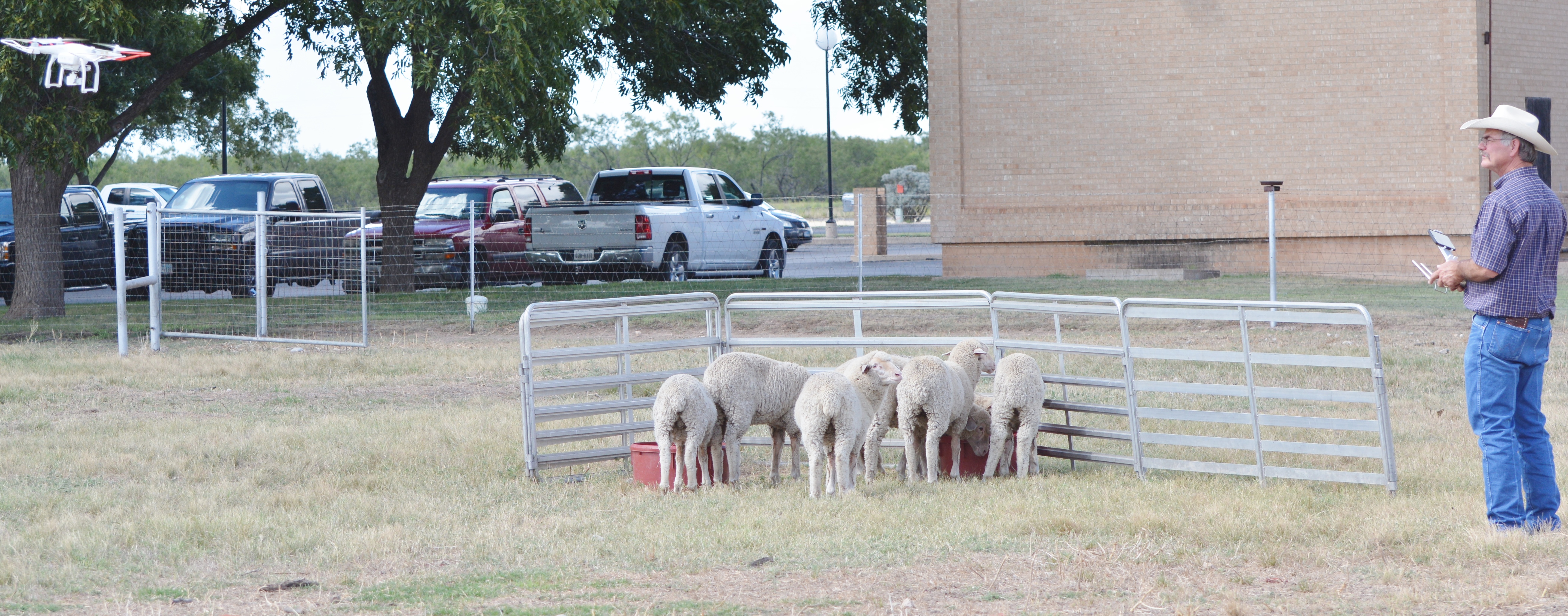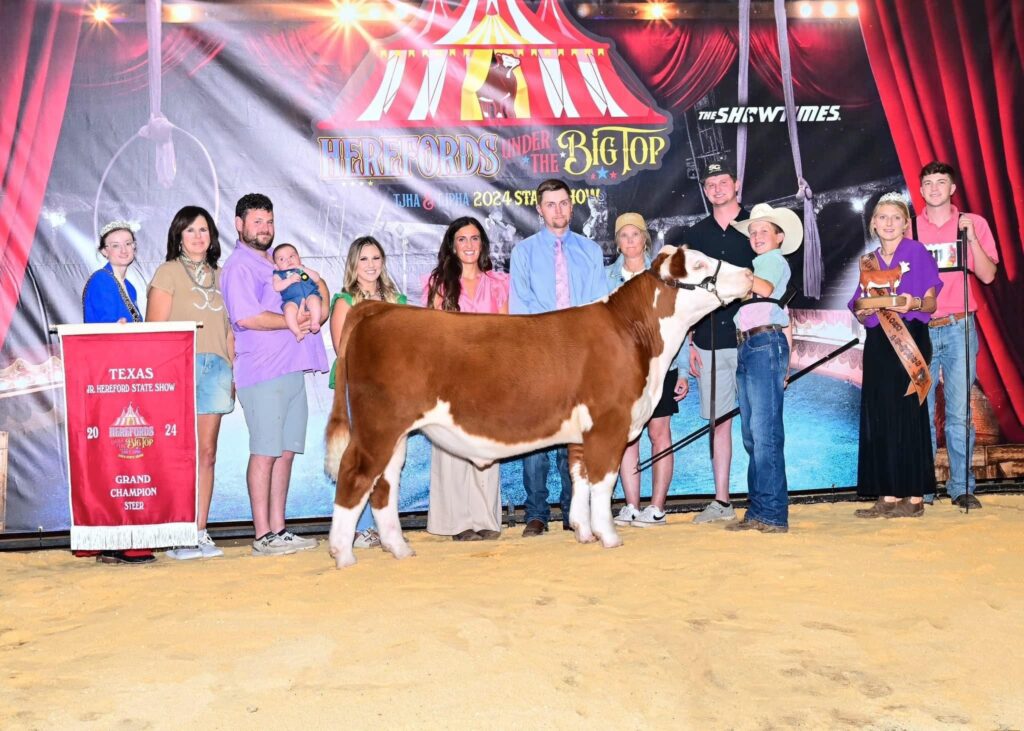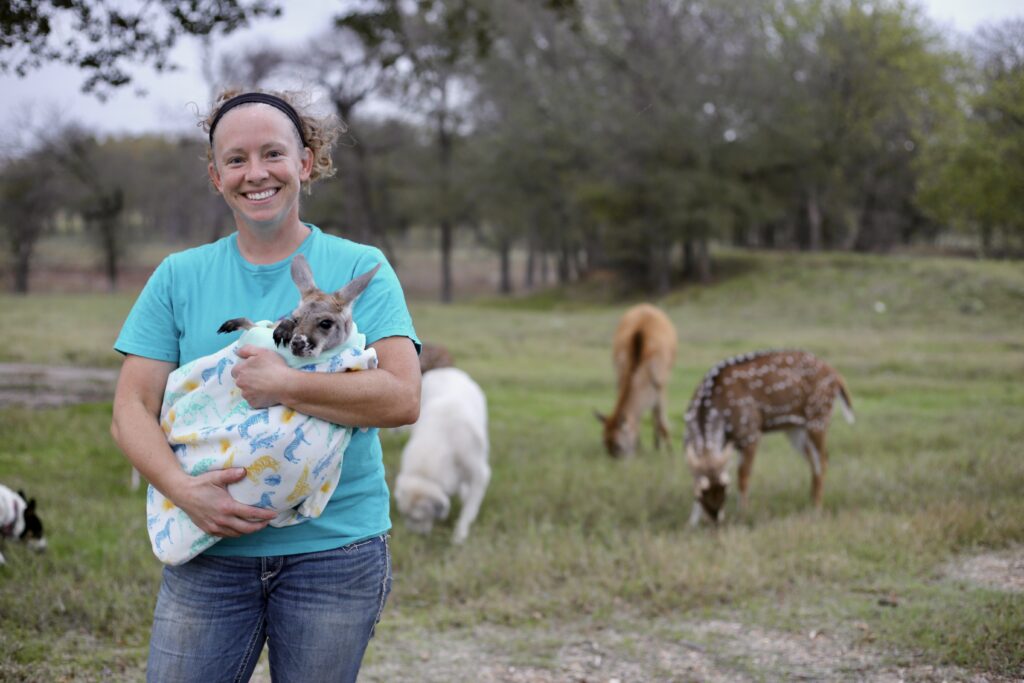Farm & Ranch
[Agrilife Today} Agrilife Research looks at the practicability of drone use in ranching

By: zachary.watkins
SAN ANGELO – They may not replace the pickup, horse or 4-wheeler, much less a good sheep dog, anytime soon, but a Texas A&M AgriLife Research scientist thinks drones have practical ranching applications that will expand in the near future.
Dr. John Walker, resident director of research at San Angelo, said the small unmanned aircraft have gotten pretty popular recently and he wanted to explore their practical application in ranch settings.
“So I went and bought one,” he said. “The first advice someone gave me, and it was good advice, was to buy a cheap one, a toy, and learn to fly it before buying an expensive one.”
Walker said neophytes should plan to spend at least $1,000 or a bit more for a drone, as units in that price range have what is needed for any real practical application.
But what can you do with one other than take aerial photos and video?
“Right now, out of the box, you can use it to check things,” he said. “You can locate lost stock and eventually check fences and waterings. One of the neat things with the more expensive ones is you can program them to run a route, so if you want to check fences, do it once and save that route into the drone. The next time you want to check that fence, you don’t really have to fly it, but just tell it to run that route and it will.
“I’ve used it to herd sheep. It’s fun, but you have to watch where you’re going.
“You can move sheep very gently and that’s really impressed me. I thought as soon as they saw the drone, they’d take off running, but they really don’t. Now goats will a bit at first, but sheep will just move along slow and easy.“
Walker said there are currently plenty of limitations. Battery life is the major one with batteries only lasting about 25 minutes. Obstacles, especially trees and brush, also pose problems, though he said there are models on the market designed to avoid trees and other hazards.
Sun-glare on the screen of a smartphone or iPad used as a monitor on the controller is also a problem, though Walker will soon test the practicality of a pair of “virtual flight” goggles. He said they are worn by the operator for a real-time “drone’s eye view” thus dispensing with the need for the clamped-on screen.
https://www.youtube.com/watch?v=soGdG35K6Lo
He said the future of using drones on the ranch is bright with a plethora of possibilities.
“I think as the technology improves you’ll be able to do a whole lot of other things,” he said. “What I’m looking forward to is a new type of radio frequency identification ear tag or RFID tag that’s evolving.
“Those in use now only have a range of about 3 feet; basically used with animals going down a working chute. But there are some new ones that can broadcast up to a mile or more. So if your drone was equipped with the appropriate sensor, you could send it up and find those sheep with those particular ear tags and have the drone start drifting the sheep to wherever you wanted them to go.
“I can even imagine having a grazing plan built around this technology where pastures could be divided into different sections and the drone herds the stock into that section and the next day moves them to the next and so on.”
Walker concedes there are some stock-related issues that would have to be worked out, namely a way for making the sheep move once they figured out the drone can’t actually make them. He said a feed reward once they reach their intended destination could well be the answer, much like a cattleman penning cows with a feed sack.
“I really do think there will be a future for drones in the ranching industry,” he said. “There’s high-tech stuff like conducting vegetation inventories and even deer surveys. They could be used for things we haven’t even thought about, maybe monitoring the health of individual animals on the range for example.
“But right now I think the off-the-shelf models could probably do some practical time-saving things for people, particularly if you’ve got a rough old ranch with two-track roads that take forever to get around on to check water. You could go up to the top of a hill and if you’ve gone to that trough before, you can fly that drone about 40 miles an hour and it doesn’t take it long to go a mile and check that trough. You can see what that trough looks like through the drone’s camera lens without worrying or spending half a day to get there and back.
“I just think they have a lot of potential,” he said. “Right now they are still kind of a toy, but it’s a fun and potentially useful toy. There’s worse things you could spend your time and money on that have a lot less potential.”
-30-
Find more stories, photos, videos and audio at http://today.staging.wpengine.com
Farm & Ranch
Managing Show Cattle Through The Winter

By Heather Welper
Husband and wife duo, Heather and Calvin Welper, are the Co-Owners and Operators or Two C Livestock, located in Valley View, Texas.
The pair’s operation has a show cattle focus where they raise and sell purebred heifers of all breeds and club calf Hereford steers.
When it comes to show cattle, the Welpers know a thing or two including how to prepare for the cold winter months and the Texas major show season run.
To read more, pick up a copy of the November edition of North Texas Farm & Ranch magazine, available digitally and in print. To subscribe by mail, call 940-872-5922.

Farm & Ranch
Double M Ranch & Rescue

By Hannah Claxton, Editor
As the sun rises each day, so do the dozens of mouths that Meghan McGovern is responsible for getting fed. Rather than the sounds of a rooster crowing, McGovern hears the bellows and bleats of a variety of exotic deer, the chortle of kangaroos, the grunts of water buffaloes, and the chirps of a lemur.
Nestled against the banks of the Red River, the Double M Ranch and Rescue, with its high game fences and deer sprinkling the landscape,s its in stark contrast to the surrounding ranches.
“Having deer is kind of like eating potato chips- you can never actually have just one,” said McGovern with a laugh.
McGovern has several herds to take care of- fallow deer, axis deer, water buffalo, goats, and bison. In smaller numbers, there’s also a few kangaroos, a lemur, a potbelly pig, a pair of zebras, a watusi, and a few horses.
To read more, pick up a copy of the November edition of North Texas Farm & Ranch magazine, available digitally and in print. To subscribe by mail, call 940-872-5922.

Farm & Ranch
Acorn Toxicity

By Barry Whitworth, DVM, MPH
With the prolonged drought, most pastures in Oklahoma end up in poor condition. With the lack of available forage, animals may go in search of alternative foods.
If oak trees are in the pastures, acorns may be a favorite meal for some livestock in the fall. This may result in oak poisoning.
Oak leaves, twigs, buds, and acorns may be toxic to some animals when consumed.
To read more, pick up a copy of the November edition of North Texas Farm & Ranch magazine, available digitally and in print. To subscribe by mail, call 940-872-5922.

-

 Country Lifestyles2 years ago
Country Lifestyles2 years agoScott & Stacey Schumacher: A Growth Mindset
-

 Country Lifestyles8 years ago
Country Lifestyles8 years agoStyle Your Profile – What your style cowboy hat says about you and new trends in 2017
-

 HOME8 years ago
HOME8 years agoGrazing North Texas – Wilman Lovegrass
-

 Equine1 year ago
Equine1 year agoThe Will to Win
-

 Outdoor10 years ago
Outdoor10 years agoButtercup or Primrose?
-

 Country Lifestyles5 years ago
Country Lifestyles5 years agoAmber Crawford, Breakaway Roper
-

 Country Lifestyles9 years ago
Country Lifestyles9 years agoJune 2016 Profile – The man behind the mic: Bob Tallman
-

 Country Lifestyles8 years ago
Country Lifestyles8 years agoDecember 2016 Profile, Rusty Riddle – The Riddle Way




